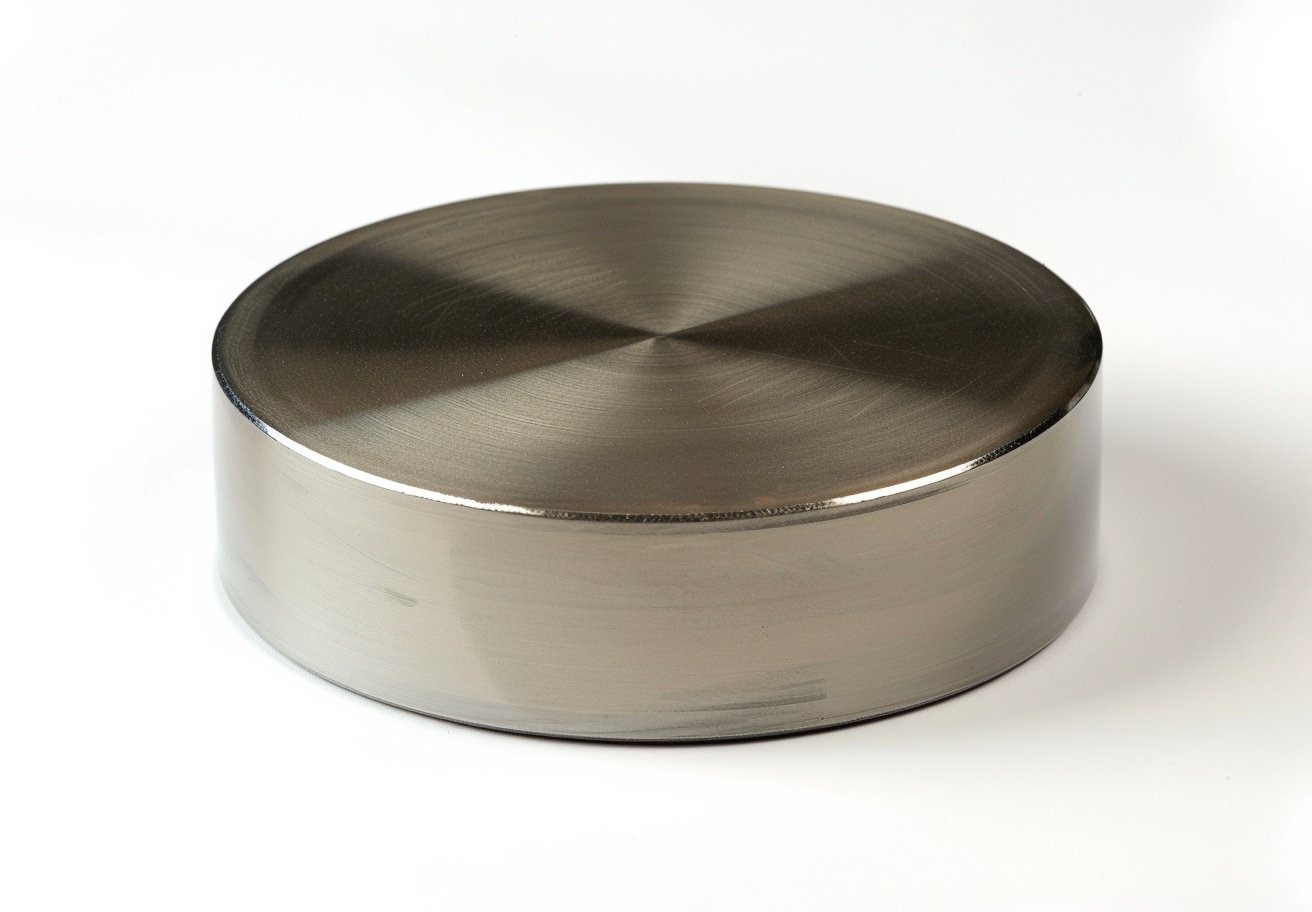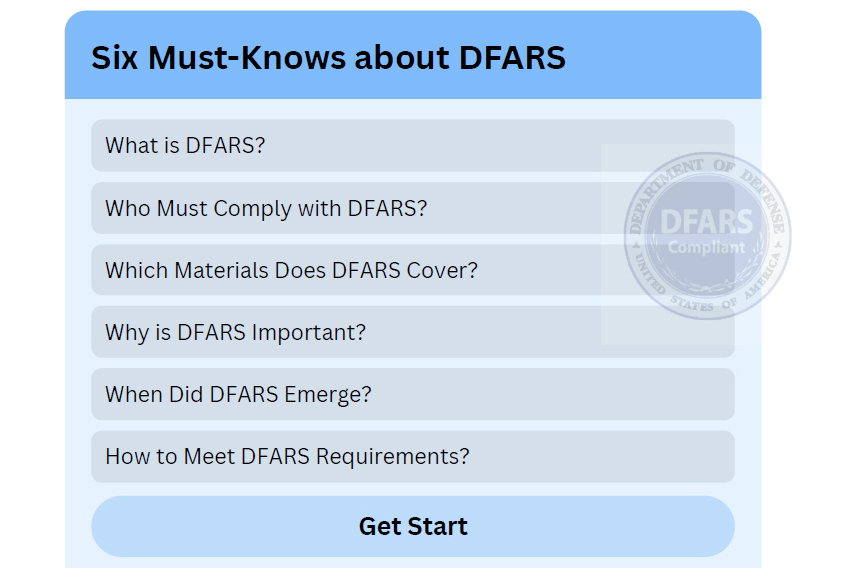The Influence Of Rare Earth Addition On Cast Magnesium Alloy
The use of Magnesium alloys has rapidly progressed since the 1950s when rare earth metals were employed as alloying additives. The incorporation of rare earth metals into magnesium alloys improves creep resistance, mechanical strength at both room temperature and elevated temperatures, and castability.
Below are three types of magnesium alloys that contain rare earth metals:
1. Mg-RE-Zr Alloy
Aircraft engine manufacturers use the Mg-RE-Zr alloy (Mg-3RE-0.1Zr) because it exhibits high strength and creep resistance at 205°C.
2. RE Mg-Zn-Zr Alloy
ZK51 (Mg-4.5Zn-0.6Zr) exhibits a tensile strength of 280 MPa but displays poor castability. The addition of rare earth elements improves castability substantially, given that the Mg-Zn-RE compounds form along the grain boundary as a split eutectic.
ZE63A (Zn-6 wt.%, RE-2.5 wt.%, Zr-0.6 wt.%) has been employed for many years for the stall reversal of the RB211 engine. It possesses a tensile strength of 276 MPa, a yield strength of 186 MPa and a ductility of 5%.
3. Y-Mg Alloy
Yttrium induces solution strengthening in the magnesium alloy because heat-resistant compounds in the matrix and at the grain boundary inhibit yttrium dissolution. Consequently, the Y-Mg alloy demonstrates thermal strength properties and maintains similar performance at elevated temperatures as thorium-magnesium alloys. In addition, the yttrium-magnesium alloy exhibits high-temperature oxidation resistance. The magnesium alloy containing 9 wt.% yttrium increased in weight by 1 mg after heating at 510°C in humid air and storage for 98 hours, whereas the thorium-magnesium alloy increased by 15 mg.

 Bars
Bars
 Beads & Spheres
Beads & Spheres
 Bolts & Nuts
Bolts & Nuts
 Crucibles
Crucibles
 Discs
Discs
 Fibers & Fabrics
Fibers & Fabrics
 Films
Films
 Flake
Flake
 Foams
Foams
 Foil
Foil
 Granules
Granules
 Honeycombs
Honeycombs
 Ink
Ink
 Laminate
Laminate
 Lumps
Lumps
 Meshes
Meshes
 Metallised Film
Metallised Film
 Plate
Plate
 Powders
Powders
 Rod
Rod
 Sheets
Sheets
 Single Crystals
Single Crystals
 Sputtering Target
Sputtering Target
 Tubes
Tubes
 Washer
Washer
 Wires
Wires
 Converters & Calculators
Converters & Calculators
 Write for Us
Write for Us
 Chin Trento
Chin Trento



